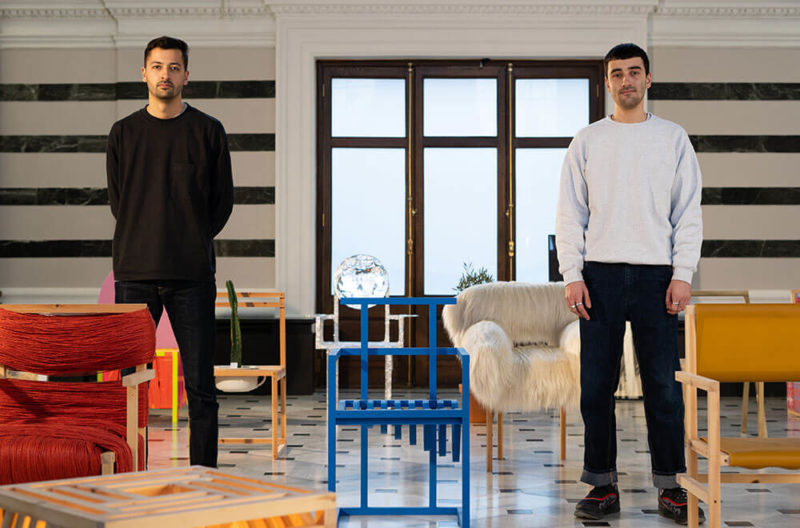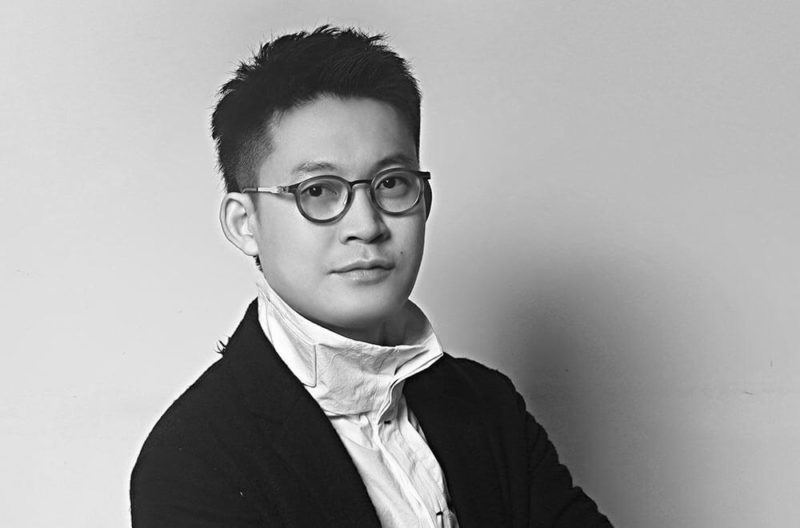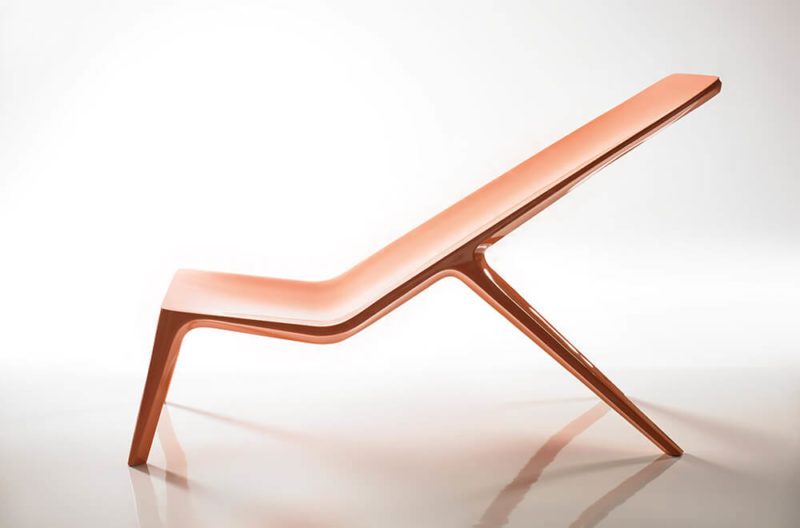London Design Biennale / Preview
Celebrating the power of design to imagine and implement change.
Somerset House, London
1st – 27th June 2021
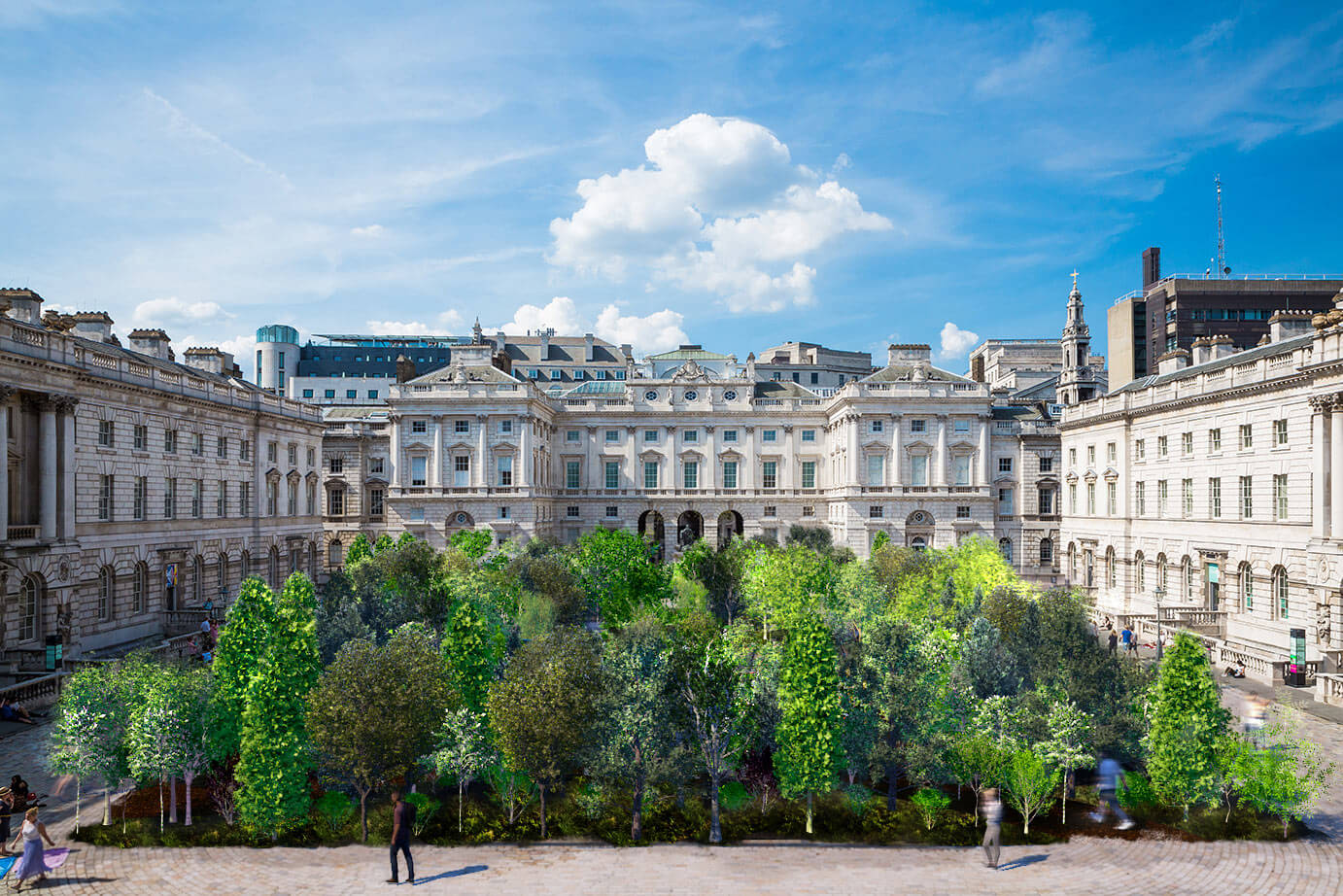
‘Forest for Change’, Global Goals Pavilion
COURTESY: Render by Es Devlin Studio / PHOTOGRAPH: Somerset House / Kevin Meredith
“IT IS AN exhibition about ideas. It is not about chairs or pots or things on plinths. It is using design to present ideas.” So speaks Victoria Broackes, Director of the London Design Biennale. On the 1st June, after a year’s postponement, the London Design Biennale 2021 opened in real life at London’s Somerset House. As Broackes explains, the Biennale is not here to show us the latest furniture. It is here to demonstrate the ambition with which designers all over the globe, from widely diverse cultural perspectives, address the significant challenges that confront us all – including climate change, social inequality, poverty, sustainability, racism and the fragility of healthcare systems worldwide.

Beatie Wolfe, ‘From Green to Red’
COURTESY: Beatie Wolfe
A hybrid event, the Biennale hosts twenty-nine separate national or supra-national pavilions, a selection of individual submissions to a global open call for ‘Design In a Time in Crisis’, and a variety of special projects. All the participants have responded to the overall theme, ‘Resonance’, set by the Biennale’s Artistic Director, Es Devlin. For Devlin, a renowned stage and set designer, design’s power lies as much in its power to communicate as in the ingenuity of the solutions it proposes. As she puts it, “Designers, thinkers, artists and makers have the power to influence and amaze their audiences into profound shifts of perspective, using the mass networks available to them to resonate ideas and practices to help build a more sustainable future.”
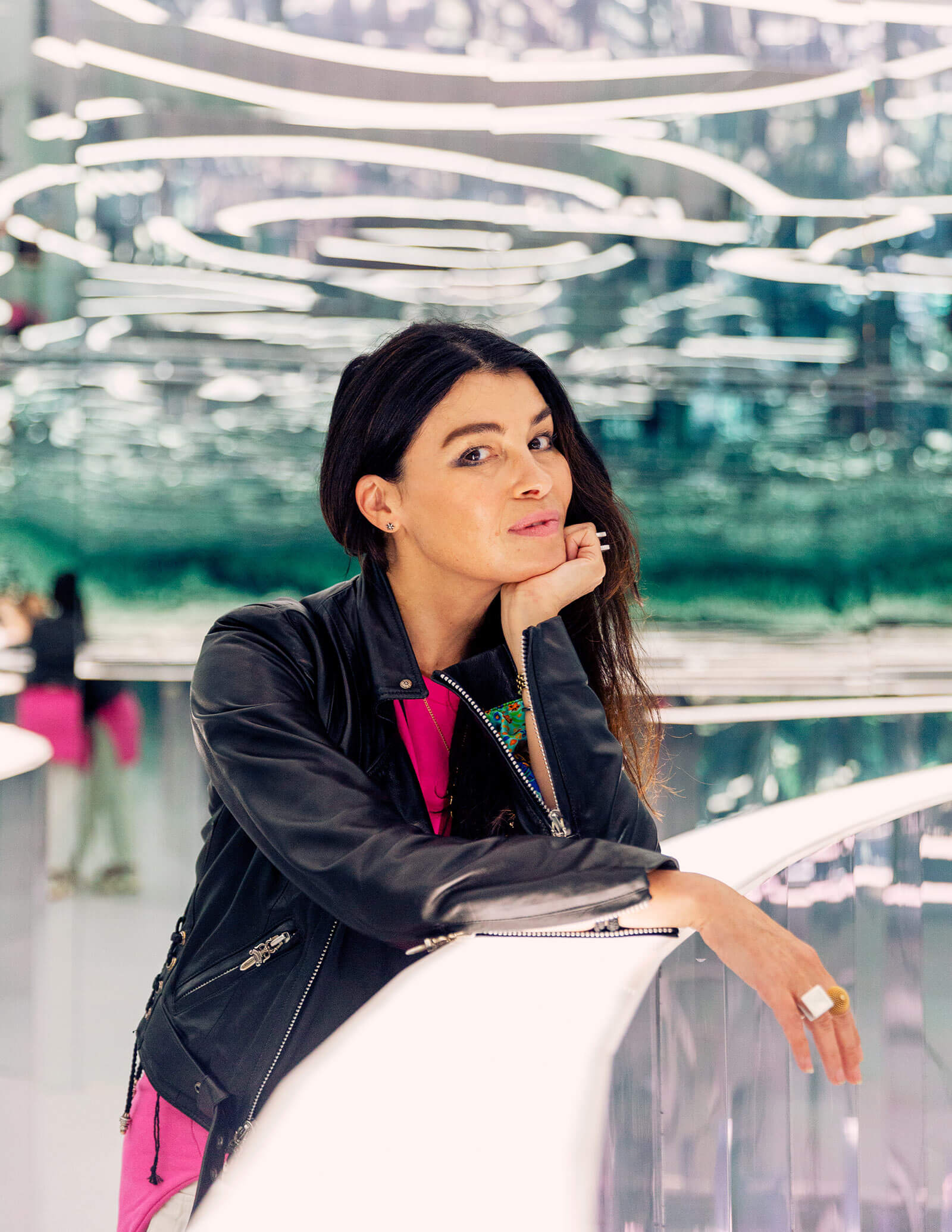
Es Devlin
COURTESY: Es Devlin / PHOTOGRAPH: Alfonso Duran
No one can doubt the impact of her own contribution. In defiance of eighteenth century regulations that no tree should ever encroach upon the courtyard of Somerset House, Devlin has filled the space with 400 saplings, to create a ‘Forest for Change’, representing the UN’s Global Goals programme. The Global Goals programme requires all nations to work together to create a better and fairer world by 2030, an ambition which will require us to undo many of the patterns of behaviour and belief set in the Enlightenment, when William Chambers first designed the space. Her green canopied pavilion, Devlin explains, was conceived to “counter this attitude of human dominance over nature, by allowing a forest to overtake the entire courtyard.”
Inside the building, wildly various displays unfold. The Polish team is offering an immersive presentation of research into the use of textiles as “seasonal clothing” for architecture in the Central European zone – where the climate shifts dramatically between extremes – inviting us to tune into the seasons.
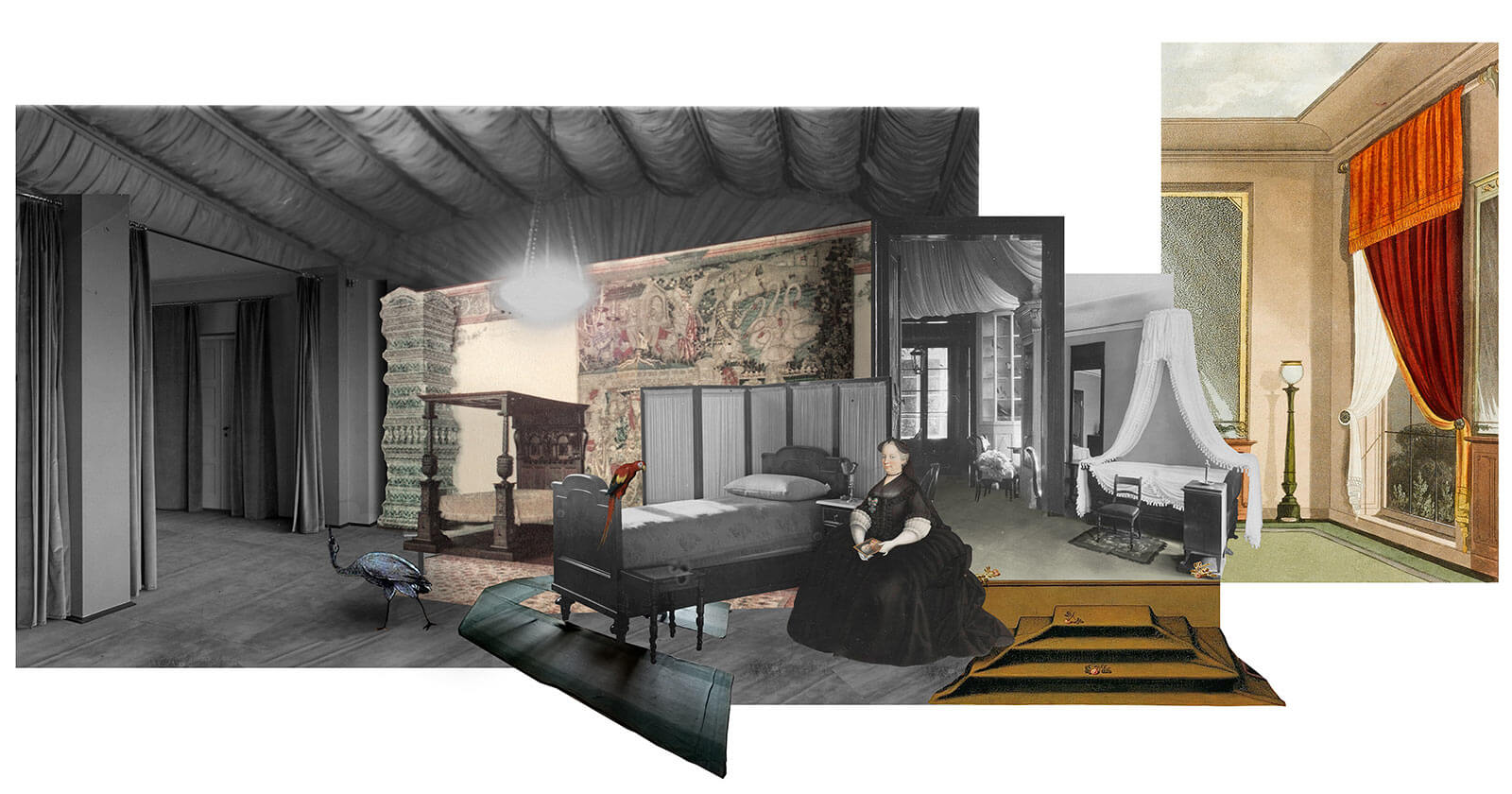
Research for ‘The Clothed Home: Tuning In to the Seasonal Imagination’, Polish Pavilion
COURTESY: Simone De Iacobis © Adam Mickiewicz Institute
Instead of turning up the thermostat, they suggest we can dress our homes to be more energy-efficient, and so participate more sympathetically in nature’s rhythms.
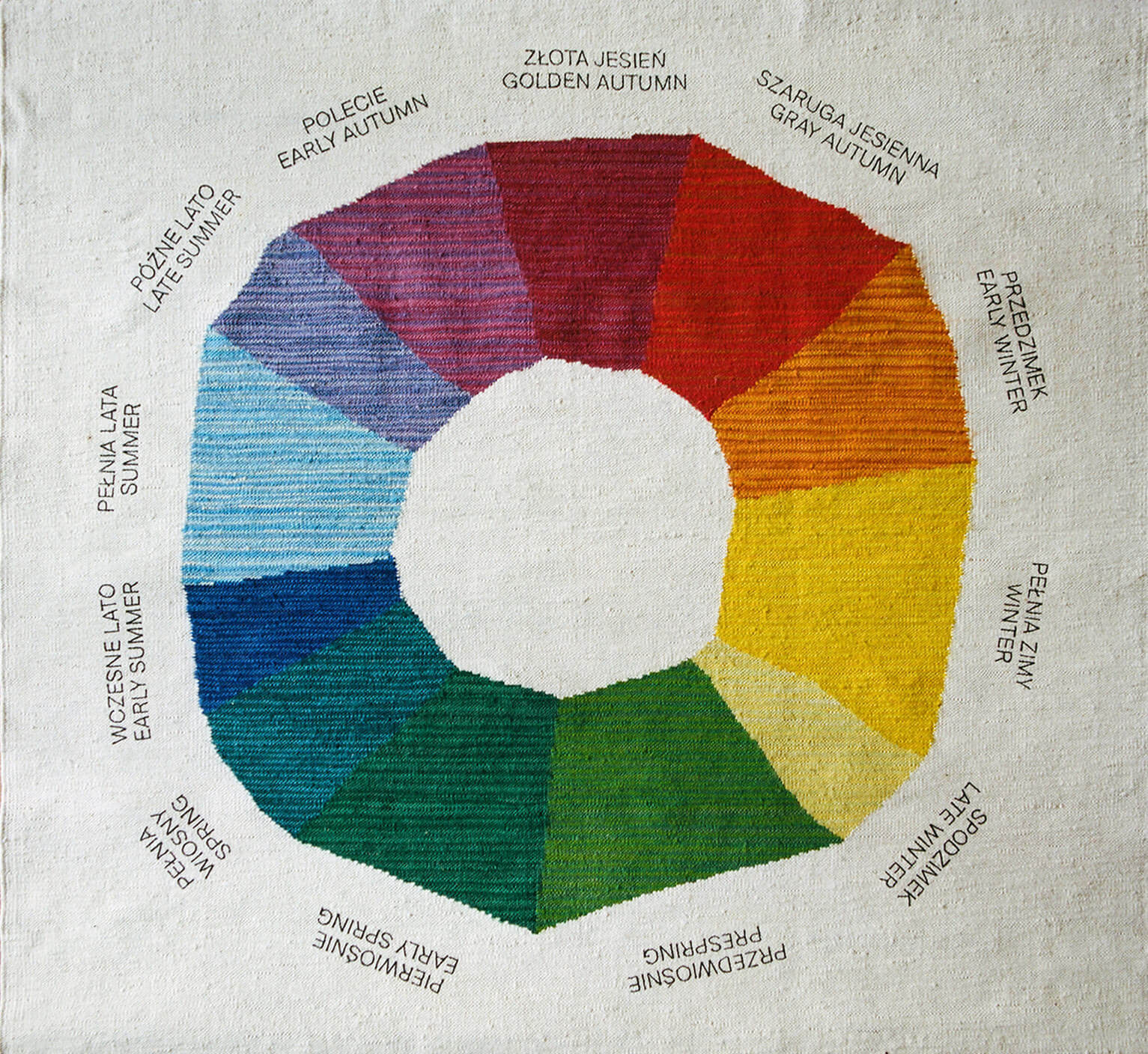
Alicja Bielawska, ‘A kilim with 12 phenological seasons of the year, woven by Koronka-Bobowa Cooperative of Work on Folk and Artistic Handicraft’, Polish Pavilion
PHOTOGRAPH : Simone De Iacobis © Adam Mickiewicz Institute
If Poland’s future-thinking involves diving into the past, Canada’s team offers DUCKT, an installation that brings us face to face with an enlarged element of our contemporary lives: a heating duct. Glowing and shiny in the centre of the room, visitors are required to duck and squeeze around the noisy, usually hidden hardware, forcing us to think about the environmental impact of our thermal comfort.

‘DUCkT’, Canadian Pavilion
COURTESY: Revery Architecture
Latvia, meanwhile, presents us with a living monument to a fictional Latvian writer, “I.”. An honouring of Latvia’s vital literary culture and Latvians’ reputation for introversion, the project involves inviting visitors to tell the monument a secret, which is turned by a writer into a piece of literature, delivered into a drawer. Resonance here is about the power of literature to enable even the most secret thoughts of the quiet among us to resonate globally.
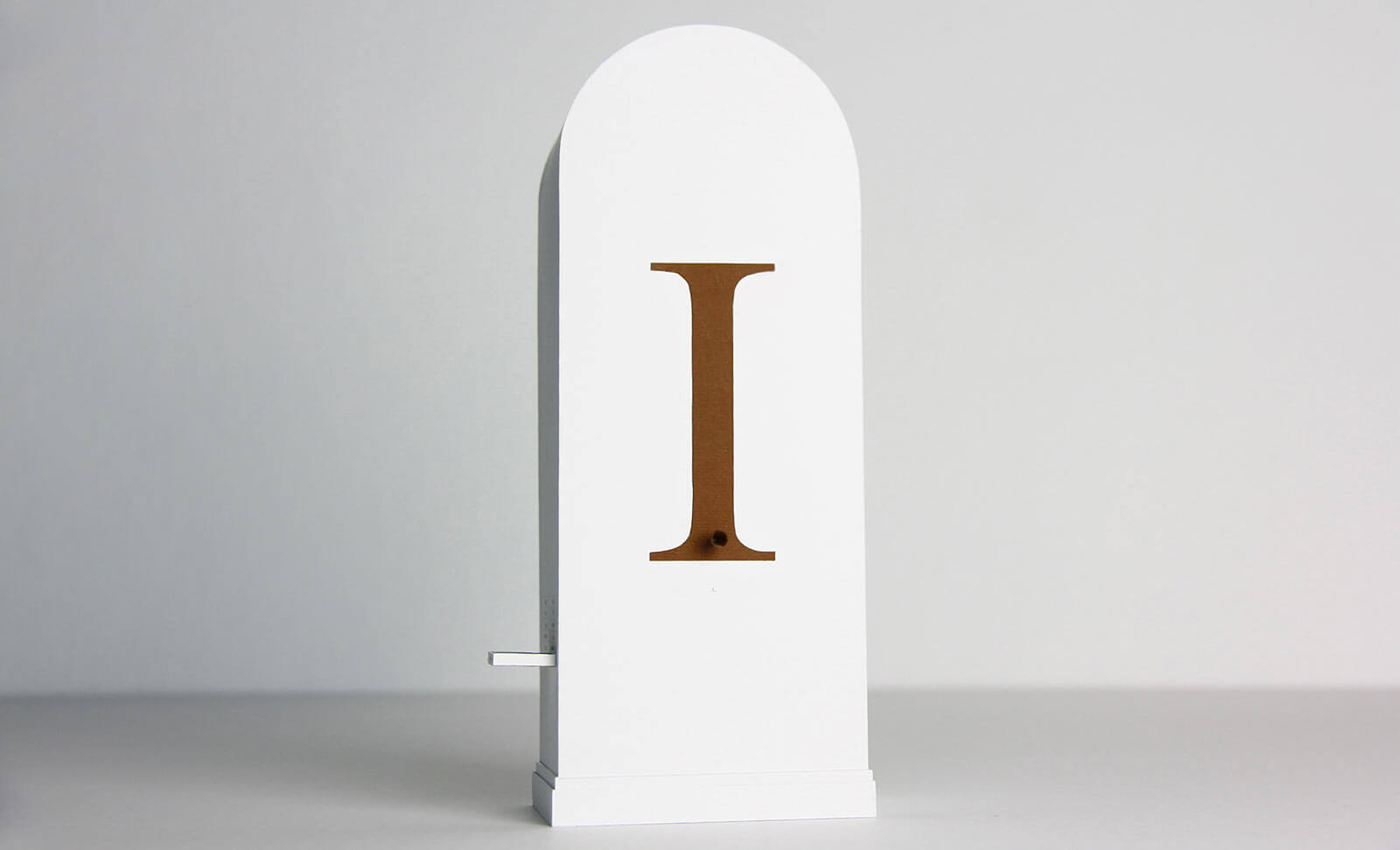
Krista and Reinis Dzudzilo, ‘IN³’, Latvian Pavilion
COURTESY: Krista and Reinis Dzudzilo
Two pavilions are dedicated to borderless communities. Designers in the Middle draws together six designers from the Middle East and North African region exploring concepts of nomadism, craft, tradition and diversity. Each has been asked to design an object, piece of furniture or accessory to use at home inspired by the theme of the Casbah.
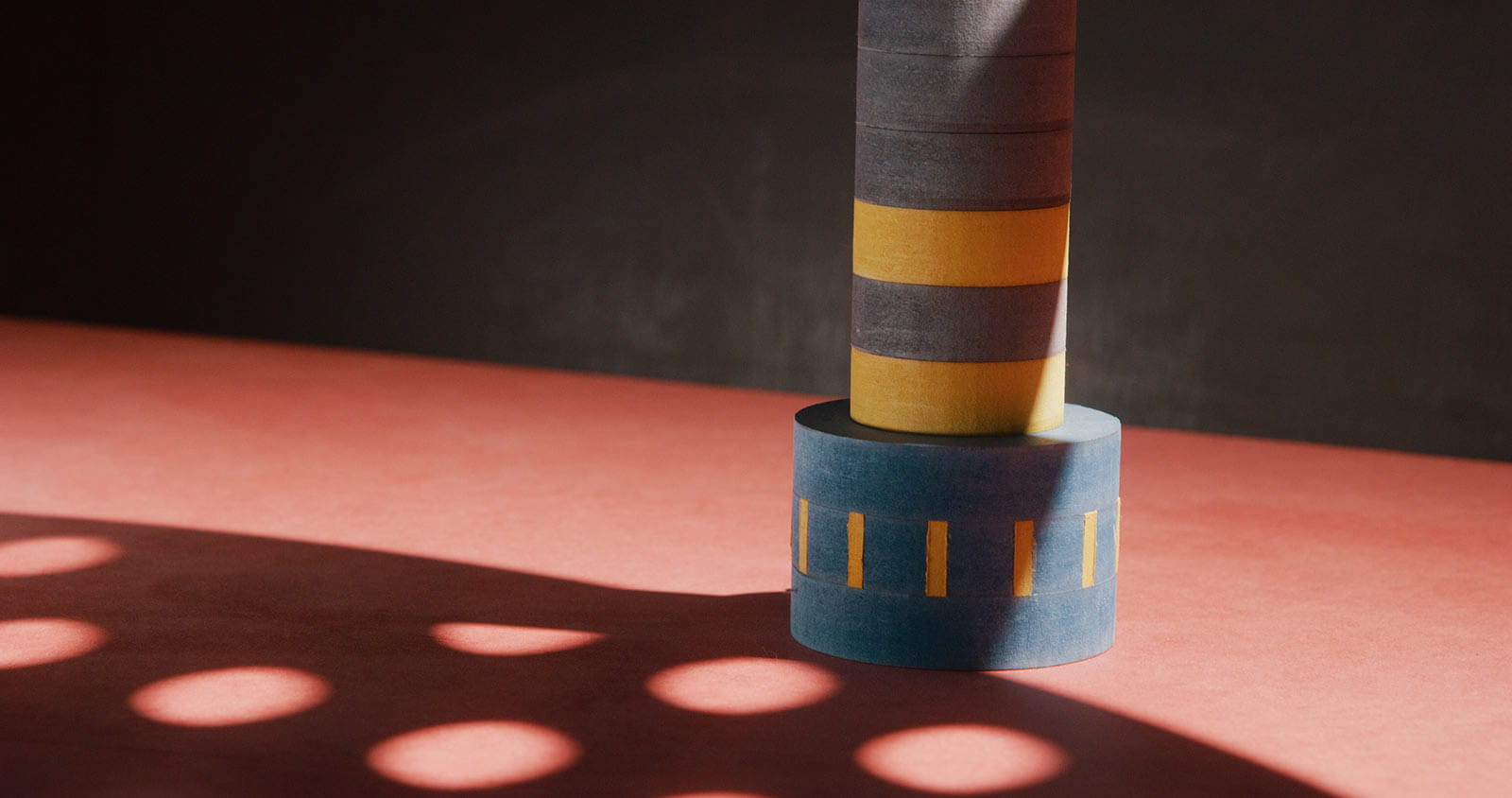
Rujum, ‘Stream of Consciousness’, Designers in the Middle
COURTESY: Rujum / PHOTOGRAPH: Dylan Drake
The Pavilion of the African Diaspora, designed by the Switzerland-based American-born designer Ini Archibong, is also nomadic, a project intended to travel, providing a space on the global stage for the celebration of designers with African heritage. The first of three structures, ‘The Sail’, has been unfurled on the outside balcony overlooking the Thames, offering a space for talks, interviews and music.
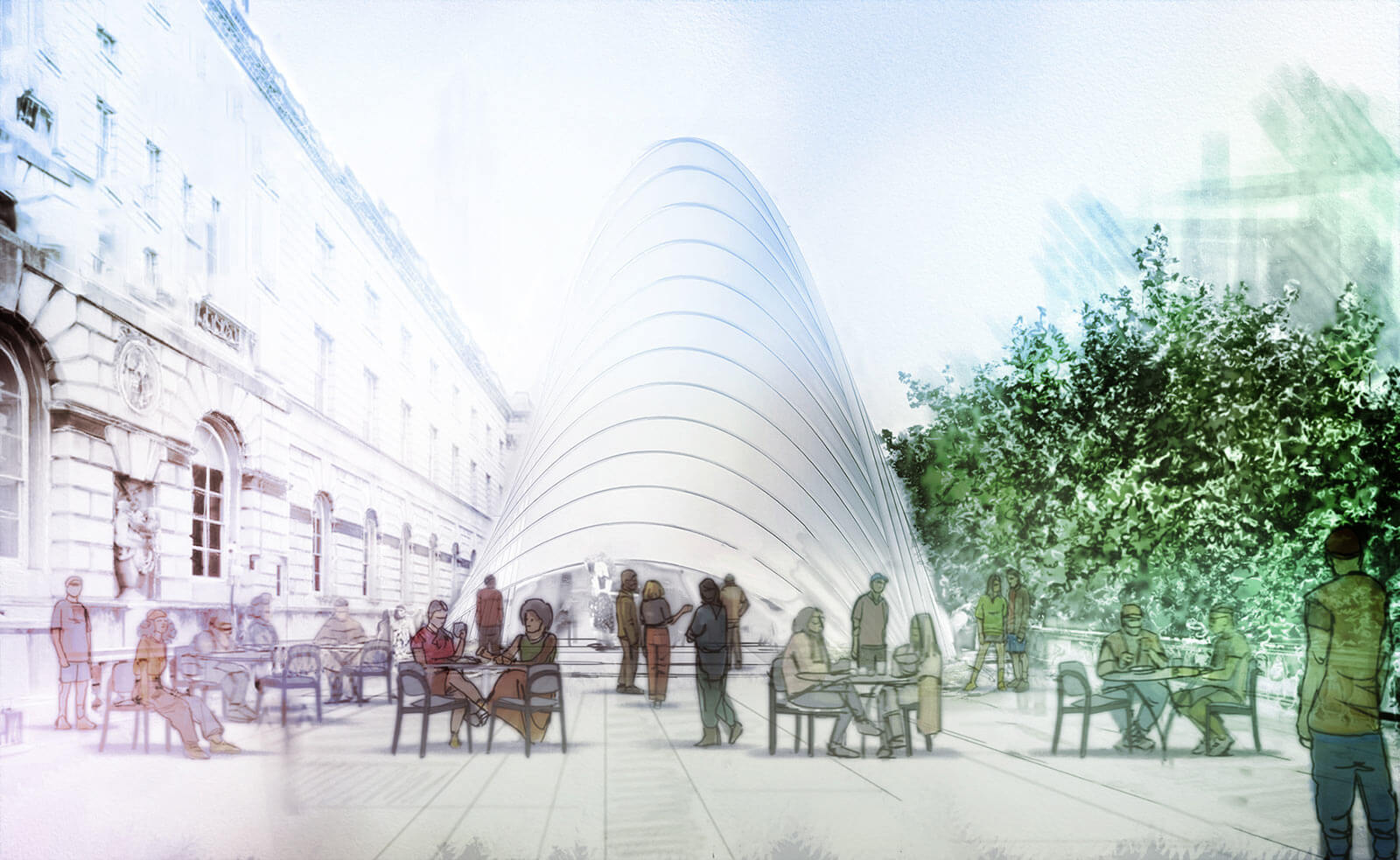
‘The Pavilion of the African Diaspora’
COURTESY: Jori Brown, Ebony Lerandy and Maxwell Engelmann for L.M.N.O. Creative
Archibong says, “My intent with the pavilion was really to use the skills that I have to be of benefit to the multitude of people that represent the diaspora, a culture that has so often been marginalised, for them to express themselves.” His statement is a recognition of design’s power to amplify unheard voices and create a community from the dispersed, to embody an idea as much as serve a function, so that a sail becomes more than a sail, it becomes a home.





